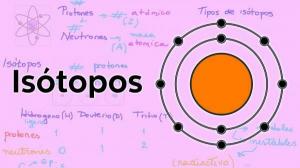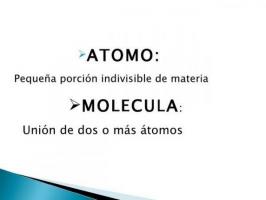What are ANIONS and what are they for?
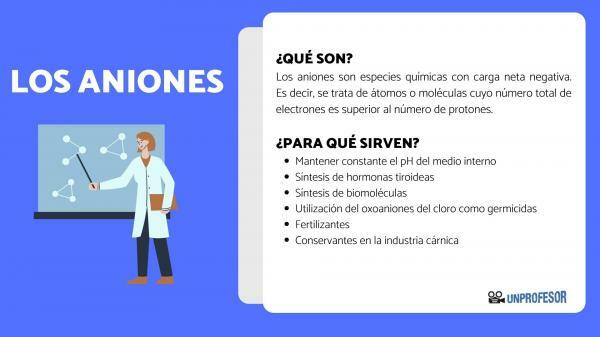
The anions They are chemical species of great interest both for their biological role and economically, since they are essential for many human activities. In this lesson from a TEACHER you we tell what anions are and what they are for analyzing both their biological uses and the different industrial uses that are usually given to them. The lesson begins!
Index
- What are anions?
- Types of anions
- What are anions for? Biological importance of anions
- Industrial applications of anions
What are anions?
The ionsare atoms or molecules with charge and are distinguished two types: cations and anions.
The anions are chemical species with net negative charge. That is, it is about atoms or molecules whose total number of electrons (negatively charged subatomic particles) is greater than the number of protons (positively charged subatomic particles of the nucleus). The net negative charge of the anions is given by the electron gain by elements with a high electron affinity
Therefore, it is about non-metallic elements in their isolated form or forming molecules, combining with each other.Anions are only found in free form in solutions aqueous or other polar solvents. On solid form are being part of ionic compounds or salts, where they combine with cations (positively charged chemical species) to offset their net charge and give rise to neutral (uncharged) compounds. In ionic compounds, the anions bind to cations through ionic bonds in which the transfer of electrons from the cation to the anion takes place so that these remain united by the attraction exerted by the charges of the opposite sign.

Image: Slideshare
Types of anions.
We can find two types of anions depending on the number of atoms that compose them:
- Monatomic anions: they are anions formed by a single atom of a non-metallic element. These types of elements have a strong tendency to capture electrons to complete their valence shell. (outermost electron shell of the electronic cortex), that is, they have a high electron affinity. The halogens they are one of the families or groups of the periodic table with the greatest tendency to form anions.
- Polyatomic anions: in this case they are anions made up of more than one atom. Among the polyatomic anions, the so-called oxoanions that are formed from oxoacids and that are composed of a non-metallic element that binds to oxygen and, in some cases, accompanied by a hydrogen atom.
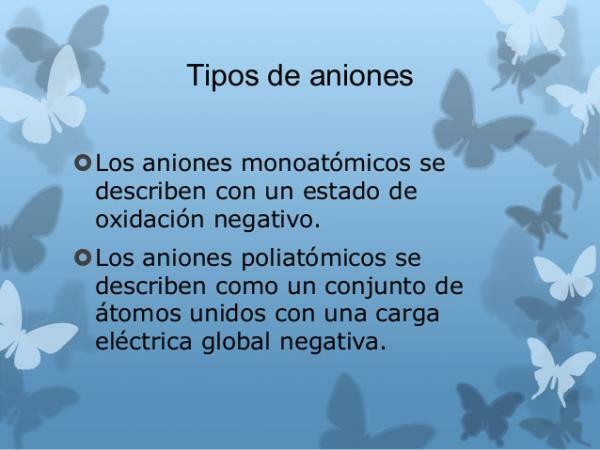
Image: Slideshare
What are anions for? Biological importance of anions.
Anions are chemical species whose existence does not imply an intrinsic “utility”. However, it is possible to speak of "utility" in relation to both the physical-chemical and biological importance of anions in a multitude of processes or phenomena. physical that may be essential for the proper functioning of the body or its medical applications or industrial processes of interest economic.
PH buffer solutions
Certain anions They make a decisive contribution to keeping the pH of the internal environment constant. The pH is the concentration of hydrogen ions that we find in a solution. In living organisms, it is essential to keep the pH close to neutral to ensure the proper functioning of enzymatic reactions and many other biological processes.
In the internal environment, the pH is kept constant thanks to the presence of pH buffers or buffer solutions. The carbonic / bicarbonate bufferis the most important at a physiological level because it is present both in the extracellular environment and inside the cell. This pH buffering system is made up of bicarbonate ion (HCO3-) which is kept in equilibrium with carbonic acid (H2CO3); in a reversible reaction capable of "absorbing" an excess of protons (H +) if the medium becomes acidic or "releasing" protons if the medium becomes too alkaline.
Thyroid hormone synthesis
Iodine is an essential component of thyroid hormones, responsible for regulating metabolism. A correct intake of iodine in the diet is essential for the synthesis of thyroid hormones.
Dietary iodine circulates through the blood as the iodide ion (I-) and is taken up by the thyroid glands that incorporate it into Tyrosine to give rise to thyroid hormones; in a process that receives the name of iodination of Tyrosine.
Synthesis of many biomolecules
The phosphate ion or phosphate group (PO43-) it is incorporated as a functional group into many biomolecules essential for life. From the DNA and RNA, which contain the genetic information; until the ATP, which acts as an energy vector providing energy in those metabolic reactions that require it; or the phospholipids building blocks of the lipid bilayer that forms the continuous structure of cell membranes.
Nitrates and nitrites They are the source of the Nitrogen necessary for the synthesis of biomolecules proteins and nucleic acids. These anions are found in significant amounts in plants and diet vegetables are the main source nitrates for the body.
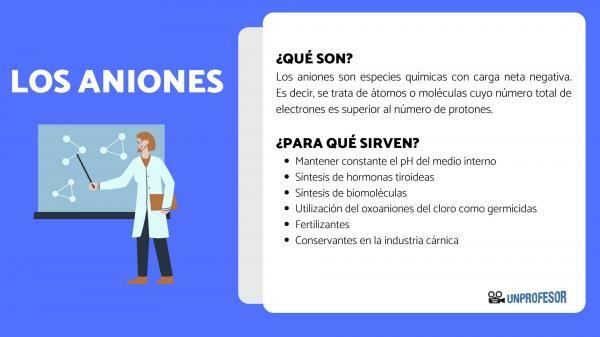
Industrial applications of anions.
If you want to know what anions are for, you have to bear in mind that this type of molecule or atom also has industrial applications. They are as follows:
Use of chlorine oxoanions as germicides
The highly oxidizing properties of the hypochlorite ion (ClO-) and the chlorite ion (ClO2-), make these anions powerful bactericides widely used in the disinfection of surfaces and food. The hypochlorite ion is the fundamental component of bleach.
Fertilizers
The salts of phosphates and nitrates They are an essential component of artificial fertilizers for plants, since they are essential for the correct growth and development of plants. These types of compounds dissolve in irrigation water and are absorbed by plants in their ionic forms.
Preservatives in the meat industry
The nitrates They are used as preservatives in the food industry, especially in the preservation of meat products. The use of this type of preservatives in the food industry generates controversy due to the relationship that some authors establish between these compounds and the prevalence of cancer of stomach.
If you want to read more articles similar to What are anions and what are they for?, we recommend that you enter our category of The atom.
Bibliography
Alejandrina Gallego Picó, Rosa Mª Garcinuño Martínez, Mª José Morcillo Ortega, Miguel Ángel Vázquez Segura. (2018) Basic chemistry. Madrid: Uned

